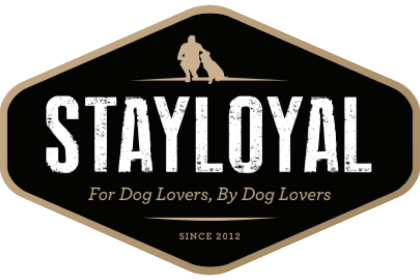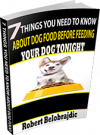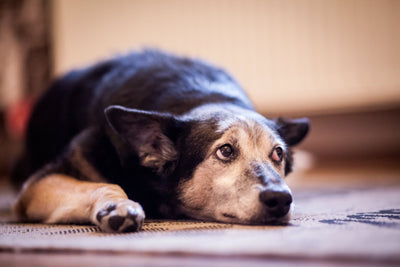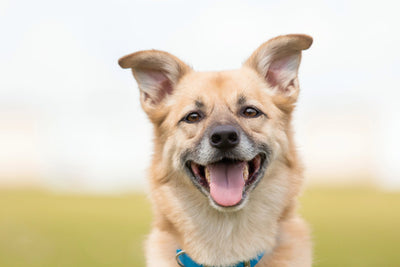Nip It In The Bud: The Secret Techniques of Elite Dog Trainers!
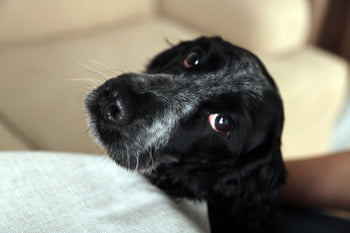
My daughter’s day-care has a carer who’s lightning fast at spotting tiny problem behaviours and redirecting them before they grow. It’s a superpower worth copying with our dogs. The earlier you step in, the easier it is to build the habits you want and avoid the ones you don’t.
Below are three common behaviours to watch for right away, why early action matters, and simple steps you can put in place today.
Why early beats late
Behaviour snowballs. Every time a behaviour “works” for a dog, it gets stronger. Jumping that earns attention, play biting that gets you to squeal and wrestle, begging that scores a scrap at the table… that’s all training, just not the training you intended.
Puppies become big dogs. A nippy eight-week-old is cute. A 28-kg adolescent with the same game can be risky, especially around kids and older relatives. What’s harmless now can become dangerous or at least very hard to unwind later.
Timing is everything. Dogs learn fastest when feedback happens in the moment. Weeks or months later, you’re not “fixing” a behaviour, you’re competing with a strong habit and a long reinforcement history. That’s tiring for you and confusing for the dog.
Prevention is kinder. Clear, early boundaries reduce frustration on both sides. Your dog knows what works, you know what to expect, and everyone relaxes.
The big three to sort early
1) Jumping up on people
Why it happens: Dogs jump to get closer to faces and to get attention. Even pushing them down can reward the behaviour because it’s still attention.
What to do instead
- Pre-empt the greeting. Clip the lead on before visitors arrive. Scatter a few treats near a mat and ask for a sit or “on your mat” as the door opens.
- Reward four paws on the floor. Quiet praise or a treat lands only when all paws stay down. If the dog launches, you go still and boring. As soon as paws return to the ground, you mark and reward.
- Train a default sit. Randomly pay sits all day. Sit for the food bowl, sit for going outside, sit for the lead on. Sitting becomes the dog’s best guess.
Common mistake to avoid: Saying hello while the dog is mid-jump. Wait for paws down or a sit, then greet.
2) Biting and mouthy play
Why it happens: Puppies explore the world with their mouths. Rough play can teach bite pressure in a healthy way, but human skin is not a tug toy.
What to do instead
- Swap, don’t scold. Keep a tug toy, flirt lure or chew within reach. The instant teeth touch skin or clothing, calmly replace your arm with the toy and praise when they chomp the right thing.
- End the game for hard bites. If the bite is too firm, say “whoops,” and pause play for 10 to 20 seconds. No yelling, no drama. Then resume and reward mellow play.
- Meet the need to chew. Provide daily chew outlets: rubber chew, braided rope tug, frozen Kong. Rotate to keep it interesting.
Common mistake to avoid: Wrestling with hands. That teaches the exact game you’ll be trying to stop later.
3) Begging at the table
Why it happens: One chip from the plate equals a jackpot. Dogs are brilliant statisticians; if begging pays out even once in a while, they’ll keep trying.
What to do instead
- Give dinner a job. Before you sit down, send your dog to a mat with a stuffed chew or scatter-fed kibble to sniff out. Pay the calm, not the stare.
- No food from the table, ever. If you want to share, place it in the bowl after the meal is over and the dog is calm. Be consistent for two weeks and begging fades fast.
- Teach “go to mat.” Reward the dog for lying on the mat while you move around, then while you eat. Gradually increase duration.
Common mistake to avoid: Feeling sorry and slipping a tidbit. That one off keeps the slot machine running.
"But my puppy is so cute..."
You’re right. Holding them and laughing at the little hops and nibble games feels great. Keep the cuddles, keep the play. Just shape it into the adult behaviour you want:
- Cuddle with four paws on the floor or while they sit.
- Play tug with a toy, not sleeves.
- Teach them that calm gets attention, not chaos.
Think of every interaction as a small deposit in the “future adult dog” you’re building.
Quick wins you can start today
- Lead on inside. For excitable greeters, leave a house lead attached so you can guide without grabbing collars.
- Mat magic. Feed all meals on a mat. Calm near the mat gets paid. Over a week the mat becomes a parking spot for good manners.
- Micro-sessions. Ten 30-second training bursts across the day beat one long session. Dogs learn in the gaps.
- Catch them being good. Pay the quiet glance, the spontaneous sit, the four-paws-down moment. What you reward, you repeat.
- Manage the environment. Baby gates, crates, pens, and closed doors prevent rehearsal. If they can’t practise the naughty thing, it can’t become a habit.
If you’ve already let it slide
No guilt. Dogs live in the present. Start fresh and be consistent for two solid weeks:
1. Prevent the behaviour from paying off.
2. Show the dog what to do instead.
3. Reward like crazy when they pick the right option.
If you’re stuck, a reputable positive-reinforcement trainer can fast-track your plan.
A feeding rhythm that helps manners
Begging and over-arousal often improve when feeding is structured. Here’s the pattern many of our Stay Loyal families use:
- Feed once daily. Dogs settle into a predictable routine and are less likely to scavenge or pester throughout the day.
- Skip one meal weekly. Healthy adult dogs tolerate this fine and it can help reset table-side expectations. Always provide fresh water.
- Raw meaty bones 1–2 times per week. A beef brisket bone or similar offers a positive chewing outlet that takes the edge off mouthing and boredom. Supervise, choose an appropriate size, and avoid cooked bones.
Pair feeding time with training: ask for a sit and eye contact before the bowl goes down. Calm earns the meal.
Safety first around kids and visitors
- Park your dog on a lead or behind a baby gate for the first few minutes of arrivals.
- Teach kids to be trees. If the dog jumps or mouths, kids fold arms and look away while an adult redirects.
- Swap high-octane greet-and-squeal for quiet hellos once paws are down.
Your dog learns that polite behaviour makes people appear and fun things happen.
The bottom line
The fastest way to a well-mannered dog is to reward what you want and make the unwanted stuff boring and unproductive for the dog. Jumping, mouthy play, and begging are normal dog choices, but they don’t have to become your normal. Step in early, be consistent for two weeks and the rest of the dog’s life, and you’ll be amazed how quickly the good habits take root.
